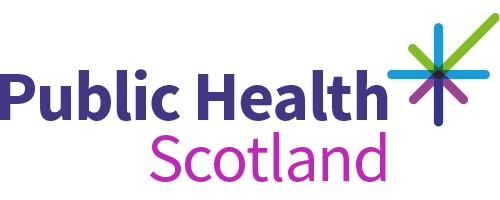Anti-seizure medicines in pregnancy
April 2018 to March 2025
Official statistics in development
- Published
- 07 October 2025 (Latest release)
- Type
- Statistical report
- Author
- Public Health Scotland
About this release
This release by Public Health Scotland reports on anti-seizure medicines (ASMs) dispensed up to 31 March 2025 to patients in Scotland aged 0-54, and specifically in pregnant women. ASMs are used in the management of epilepsy, but also for other conditions such as migraine, bipolar disorder, and some types of pain. The reason for prescribing is not recorded therefore prescribing data is included for all conditions.
This summary presents the key messages on prescribing of valproate and topiramate. Further information is available on these and other ASMs in the accompanying dashboard. Valproate taken during pregnancy is known to be associated with an increased risk of both congenital and neurodevelopmental conditions. There is also a possible association between use of valproate by men around the time of conception and an increased risk of neurodevelopmental conditions in their children. Topiramate taken during pregnancy is associated with a higher risk of congenital conditions, low birth weight, and a potential increased risk of neurodevelopmental conditions. For full details and prescribing guidance please see Medicines and Healthcare products Regulatory Agency (MHRA) advice for valproate and topiramate, as well as the commentary section of the dashboard.
For a more detailed review of the safety of anti-seizure medicines in pregnancy see the January 2021 report published by the Commission on Human Medicines (CHM).
Main points
Valproate prescribing in pregnancy
- No pregnancies were exposed to valproate between January and June 2024 (the most recent time period for which data is available on complete pregnancies).
- In 4 pregnancies conceived between January and June 2024, the woman had a prescription for valproate in the year before pregnancy but none during pregnancy.
Topiramate prescribing in pregnancy
- 11 pregnancies conceived between January and June 2024 (the most recent time period for which data is available on complete pregnancies) were exposed to topiramate.
- All 11 pregnancies were exposed to topiramate in early pregnancy (first trimester).
- 2 of these exposures were a result of women being newly prescribed topiramate during pregnancy (with no prescription in the year before pregnancy). It is possible that these women had previous prescriptions, but the prescribing record was not available for our analysis.
- In 38 pregnancies conceived between January and June 2024, the woman had a prescription for topiramate in the year before pregnancy but none during pregnancy.
* Quarterly average is based on the average of the previous four quarters.
1 The shaded area indicates the period after June 2024, where numbers may start to decline as there may be pregnancies that are still ongoing up to 31 March 2025 that had not been exposed up to that point and may become exposed as the pregnancy progresses.
Valproate prescribing overall in females and males aged 0-54
- 2,077 females were prescribed valproate in the most recent quarter reported (January – March 2025). This has decreased by 51% (from 4,237) since the quarter April – June 2018.
- There were 28 female new starts (females prescribed valproate for the first time in 12 months) in January – March 2025. This has decreased by 78% from 128 in April – June 2018.
- 5,647 males were prescribed valproate in the most recent quarter reported (January – March 2025). This is a decrease of 21% from the 7,157 males treated in April – June 2018.
- There were 96 male new starts (males prescribed valproate for the first time in 12 months) in January – March 2025. This has decreased by 60% from 242 in April – June 2018.
Topiramate prescribing overall in females aged 0-54
- 3,492 females were prescribed topiramate in the most recent quarter reported (January – March 2025). This figure has decreased by 16% (from 4,171) since the quarter April – June 2018.
- There were 257 female new starts (females prescribed topiramate for the first time in 12 months) in January – March 2025. This has decreased by 62% from 669 in April – June 2018.
Background
Information on anti-seizure medicines dispensed in community pharmacies and by dispensing doctors, administered during hospital stays, and supplied through Home Care services were combined with pregnancy and births data. Further information on the data can be found in the dashboard.
Further information
The next release of this publication will be April 2026.
General enquiries
If you have an enquiry relating to this publication, please contact Lynne Jarvis at phs.prescribing@phs.scot.
Media enquiries
If you have a media enquiry relating to this publication, please contact the Communications and Engagement team.
Requesting other formats and reporting issues
If you require publications or documents in other formats, please email phs.otherformats@phs.scot.
To report any issues with a publication, please email phs.generalpublications@phs.scot.
Older versions of this publication
Versions of this publication released before 16 March 2020 may be found on the Data and Intelligence, Health Protection Scotland or Improving Health websites.


